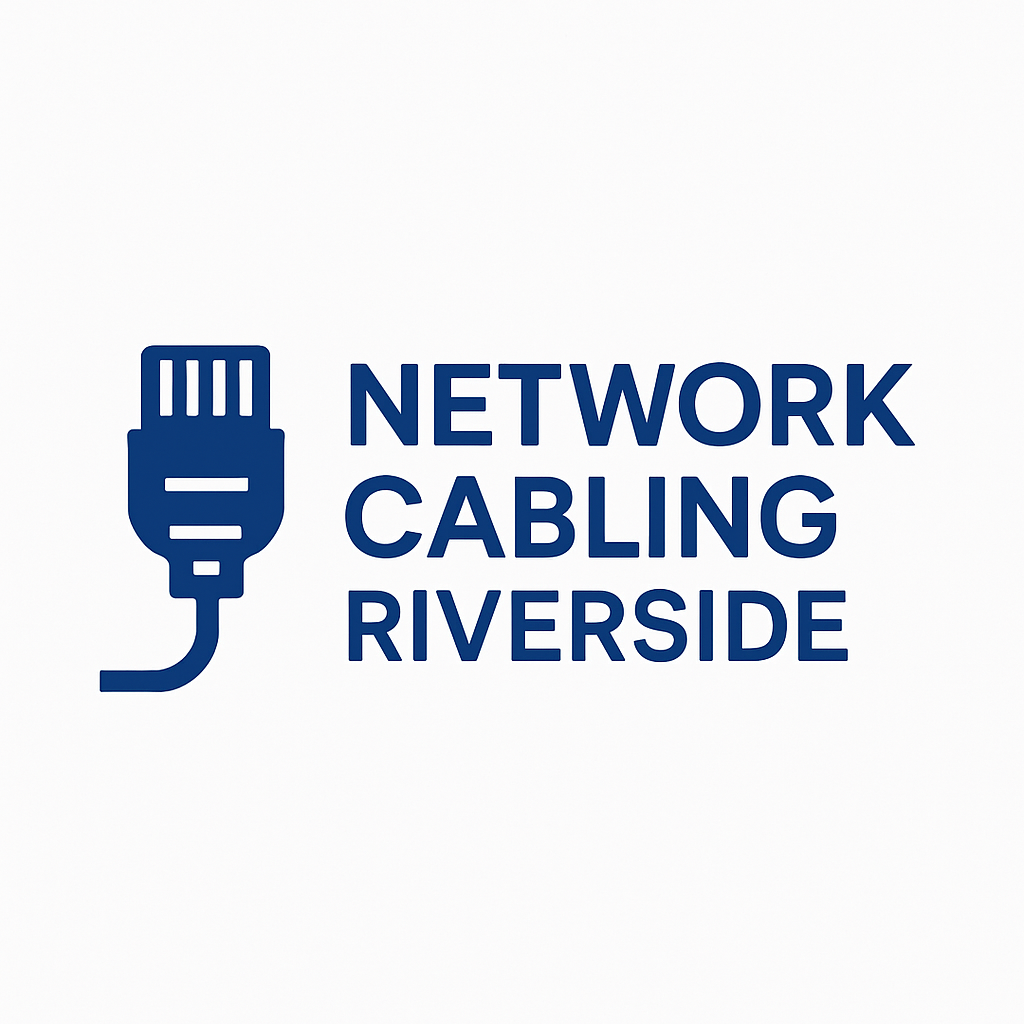Voice and Data Cabling in Riverside, CA | Complete Guide
Voice and data cabling forms the backbone of modern business and residential communications systems. In Riverside, CA, reliable cabling ensures smooth internet connectivity, clear phone lines, and seamless network operations for homes and businesses. Understanding the essentials of voice and data cabling, the types available, installation processes, and maintenance considerations can help property owners make informed decisions.
What is Voice and Data Cabling?
Voice and data cabling refers to the structured wiring used to transmit voice communications and data signals throughout a building. This includes telephone lines, internet cables, network connections, and more. Properly installed cabling ensures fast and reliable communication, minimizes downtime, and supports both current and future technological needs.
Types of Voice and Data Cables
There are several types of cabling commonly used for voice and data systems. Choosing the right type depends on the application, building design, and performance requirements.
1. Twisted Pair Cable (UTP and STP)
Twisted pair cables are widely used for both voice and data applications. Unshielded Twisted Pair (UTP) cables are ideal for general networking, while Shielded Twisted Pair (STP) cables reduce interference in environments with high electromagnetic activity. These cables are flexible and cost-effective, making them a popular choice for offices and homes.
2. Coaxial Cable
Coaxial cables are primarily used for internet connections, television signals, and some voice systems. They offer excellent protection against signal interference and are suitable for long-distance transmission.
3. Fiber Optic Cable
Fiber optic cables provide high-speed data transmission over long distances. They use light signals rather than electrical signals, ensuring minimal data loss and maximum bandwidth. Fiber optic cabling is ideal for businesses requiring fast internet and secure networks.
4. Category Cables (Cat5e, Cat6, Cat6a)
Category cables are a standard in structured cabling systems. Cat5e supports speeds up to 1 Gbps, Cat6 up to 10 Gbps for shorter distances, and Cat6a provides better performance over longer runs. These cables are commonly used for network connections, VoIP phones, and other data-driven systems.
Benefits of Professional Cabling Installation
Proper installation of voice and data cabling is critical. Professional installation ensures compliance with safety standards, reduces signal interference, and extends the lifespan of the cabling infrastructure. Key benefits include:
- Improved Network Performance: Properly installed cabling supports high-speed data and reliable communication.
- Scalability: Structured cabling allows for easy upgrades and system expansions.
- Reduced Downtime: Professional installation minimizes technical issues and service interruptions.
- Compliance: Ensures adherence to building codes, safety regulations, and industry standards.
Common Voice and Data Cabling Applications
Voice and data cabling supports various applications in residential and commercial settings:
- Internet and Wi-Fi connectivity
- Voice over IP (VoIP) telephone systems
- Video surveillance networks
- Intercom and security systems
- Smart home and office automation
Understanding the specific needs of a property ensures the cabling system is tailored for optimal performance.
Maintenance and Troubleshooting
Regular maintenance is essential to ensure reliable cabling performance. Common practices include:
- Checking for physical damage to cables
- Testing network speeds and connectivity
- Labeling cables for easy identification
- Upgrading outdated cabling to meet current standards
Professional technicians can quickly diagnose and fix connectivity issues, ensuring minimal downtime.
Choosing the Right Cabling System
Selecting the right cabling system requires considering building layout, intended applications, and future growth. A well-planned structured cabling system provides flexibility, supports multiple devices, and reduces the need for frequent upgrades.
FAQs About Voice and Data Cabling
Conclusion
Voice and data cabling is essential for maintaining efficient communication and network systems in Riverside, CA. Choosing the right cabling type, professional installation, and regular maintenance ensures reliable connectivity, supports growth, and improves overall productivity. By understanding the different cabling options and their benefits, homeowners and business owners can make informed decisions that meet both current and future communication needs.
